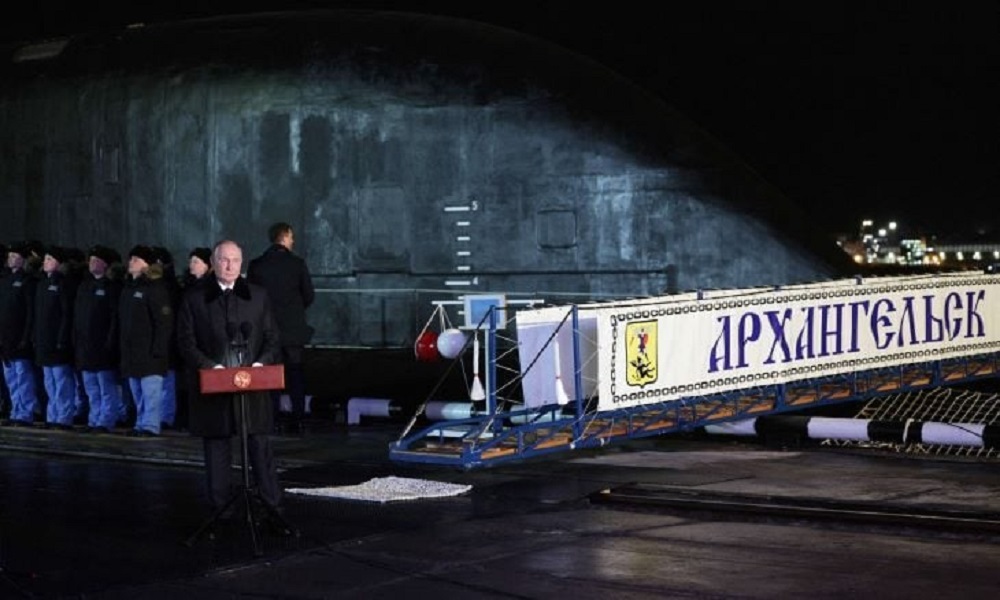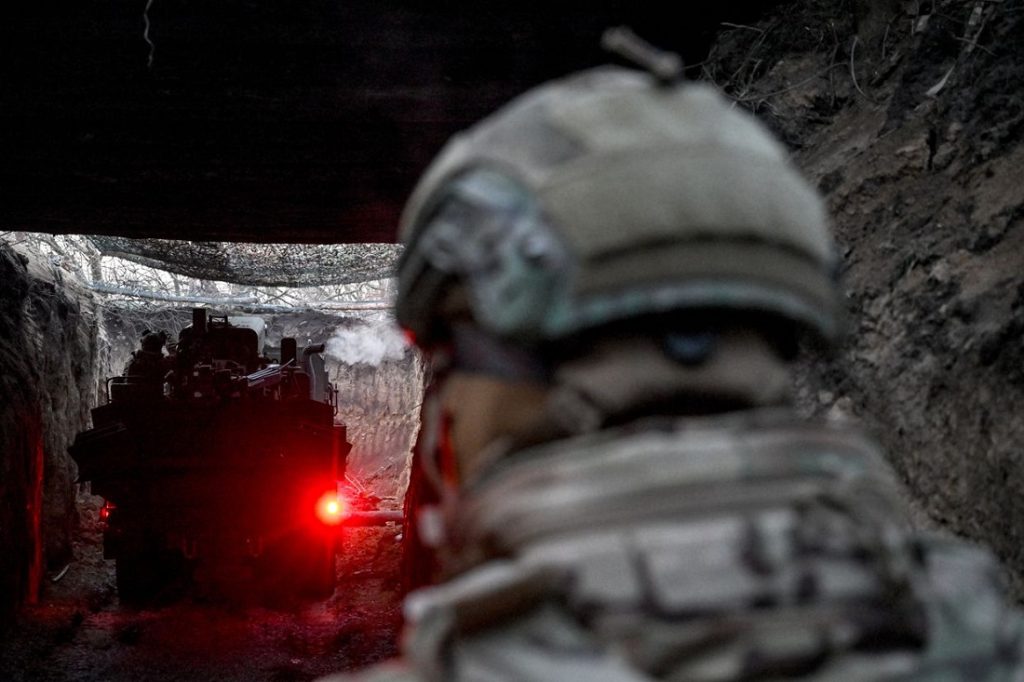Russia Unleashes First Nuclear Sub with Hypersonic Zircon Missiles
Putin's deployment of the Perm submarine marks a major escalation in global military power, challenging both NATO and U.S. defenses with unmatched missile technology.

Watan-Russia is intensifying military pressure on Europe after launching its first nuclear-powered submarine equipped with Zircon hypersonic missiles—an escalation seen as a direct challenge not only to European nations but also to the United States, due to the advanced capabilities of these missiles.
On Thursday, Russian President Vladimir Putin officially launched the “Perm” submarine, according to Russian media outlets such as Sputnik and Russia Today. The Perm is a fourth-generation nuclear-powered attack submarine from the Yasen-M class, set to enter operational service and patrol international waters in the coming months. The submarine is named after the city of Perm in the Ural Mountains.
With a maximum submerged depth of 600 meters and an operational depth of 520 meters, the Perm can remain underwater for up to 100 days. It is the sixth submarine in the Yasen/Yasen-M series, but what makes it unique is its integration of 3M22 Zircon hypersonic cruise missiles as standard weaponry.

Russia’s Hypersonic Edge at Sea
The 3M22 Zircon, developed by Russia’s Tactical Missiles Corporation (KTRV), is a hypersonic cruise missile capable of engaging both naval and land-based targets. The missile is estimated to be 8 to 9.5 meters long, carrying a warhead between 300 and 400 kg, and can reach speeds of up to Mach 9 (approx. 11,025 km/h) with an operational range of 400 to over 1,000 kilometers.
Russia’s investment in these missile-armed submarines is part of its broader military strategy to counterbalance the United States, which operates several aircraft carriers, while Russia has only one. This strategy is both cost-effective and militarily decisive. On the battlefield, Russian submarines can approach sensitive targets in the U.S., Europe, or elsewhere by staying in international waters and launching strategic strikes—without needing to surface, as their missiles can be fired from deep underwater.
What makes these submarines particularly dangerous is the lack of Western defense systems capable of intercepting hypersonic missiles. The only system theoretically capable of countering a Zircon in its final approach is the advanced U.S. THAAD system. The U.S. Navy currently uses such systems in hopes of intercepting hypersonic threats.
By equipping its navy with submarines armed with hypersonic missiles, Russia is turning up the military pressure on the European Union, which continues to hold meetings and form committees to coordinate military efforts and boost its defense industry. Nevertheless, Russia remains the global leader in hypersonic missile technology.

Russia Leads Global Hypersonic Arms Race
In fact, Paul Freistler, a science and technology expert at the U.S. Defense Intelligence Agency, warned the U.S. Congress in 2023 that “Russia is the only country with truly operational and lethal hypersonic strategic systems.” He added that these missiles were designed to evade all current U.S. radar and interception systems. Following Russia in this field are China, then the United States, while Iran and North Korea have also joined the race. However, major Western military-industrial powers like France, Germany, and the UK have not yet succeeded in producing even a prototype of a hypersonic missile.
Russia was also the first country in history to use a hypersonic missile in combat, striking a military depot in Delyatyn, Ukraine on March 19, 2022, during the ongoing war that began in February of that year.
Among the most dangerous hypersonic missiles remains the Russian Avangard, which has been in service since 2019 and can travel at speeds of Mach 20 to Mach 27, making it the fastest known missile in existence.




